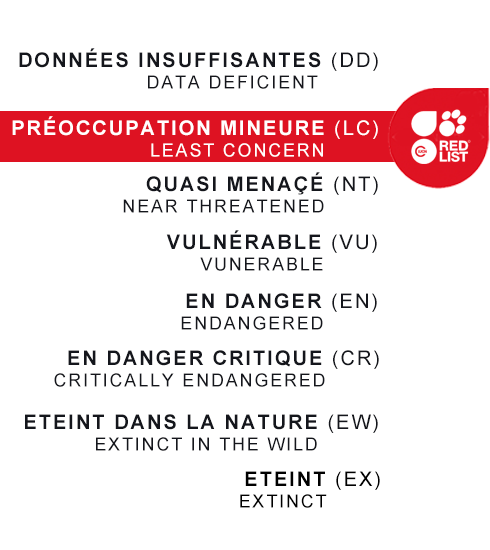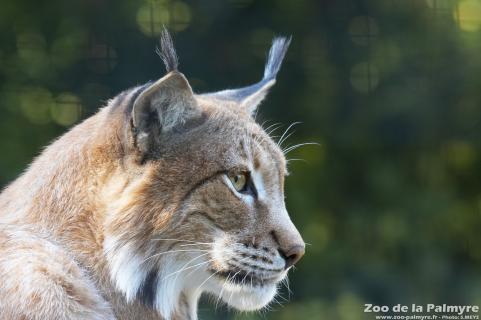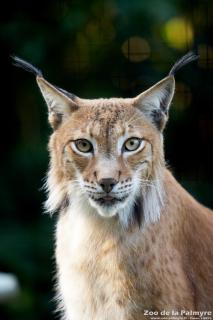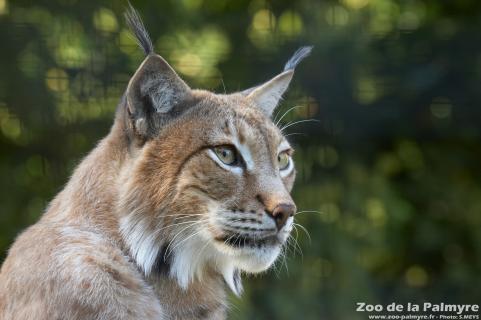Eurasian Lynx

Eurasian Lynx

-
Class
Mammalia -
Order
Carnivora -
Familly
Felidae
-
 80-110cm
80-110cm -
 15–29kg
15–29kg -
 70 days
70 days -
 1–4
1–4 -
 up to 20 years in zoos
up to 20 years in zoos
-
Diet
carnivorous (small ungulates: roe and young deer, chamois) -
Habitat
forests, mountainous regions, tundra -
Range
Europe, Russia (Siberia), Central Asia (China, Mongolia, Nepal) -
 This species is part of a European Breeding Program
This species is part of a European Breeding Program
-
Population in the wild
Stable -
IUCN REDLIST status


This is the largest of the 4 species of the Lynx genus. Distinguished by the pointed black hairs at the top of their ears, Eurasian Lynxes are discreet and solitary, favouring forest habitats. They hide in vegetation and move silently to ambush their prey.
Until the 16th century, Lynxes were found all over France. But deforestation, being hunted for their fur and the dying out of their prey gradually reduced their population until they disappeared from all mountain ranges at the beginning of the 20th century.
Since 1970 there have been Lynxes in eastern France thanks to reintroductions in the Vosges and to a natural colony taking root in the Jura and the French Alps up to the Swiss border. But the population remains very fragile due to the fragmentation of its habitat, road accidents and poaching.





